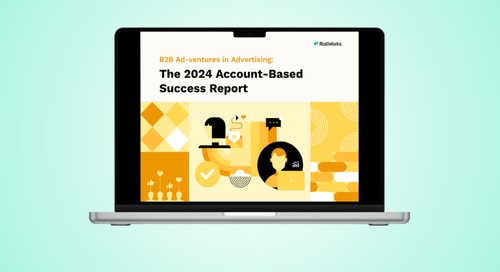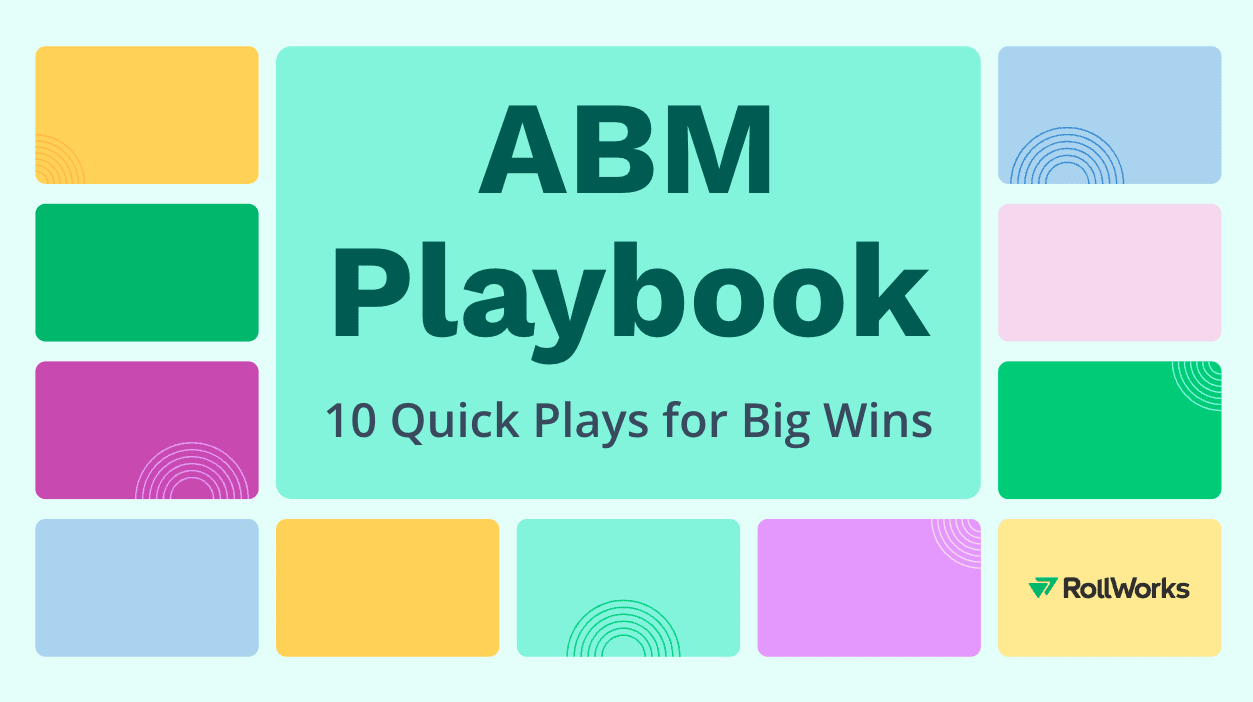Want to know what could be costing you up to 25x more in budget? Putting all your eggs into the ‘acquiring new customers’ basket. No matter your company’s size, 30% of your revenue should be expansion revenue, which is money brought in from upselling or cross-selling to existing customers.
The good news—If you just turned some of that demand gen magic toward retaining customers, you could save yourself a ton on budget and even see an increase in net retention revenue (NRR). NRR is scalable, sustainable, and a surefire way to consistently grow your business year over year. It’s important to note that NRR can be both net retention rate and net retention revenue. Both drive the retention revenue you need to understand your revenue rate.
NRR measures the recurring revenue generated from existing customers over a set period and is a clear indicator of customer success. To calculate NRR, deduct your monthly recurring revenue (MRR) churn, add expansion revenue and divide it by your renewable revenue. This final figure will probably range between about 70% to 130%.
Net Retention Revenue = Starting MRR + Expansion MRR - Churned MRR
__________________________________________
Starting MRR
Not only does NRR help businesses make data-driven decisions, spend more efficiently, and measure the health of their marketing, sales, and customer success programs, but it also helps them recognize the early signs of customer churn.
Fortunately, there are a few customer retention key indicators you can look for to combat customer churn, such as a decline in annual recurring revenue (ARR), poor product adoption, a change in communication, and an increase in complaints. For a more in-depth look at these red flags, check out our eBook “Road to Revenue: Why the Work Isn't Done Just Because a Deal is Won.”
Another way to reduce churn is by introducing account-based marketing (ABM) into your organization. ABM helps to align your marketing, sales, and customer success teams, streamline everyday workflows, impress and acquire new customers, and expand, upsell, and cross-sell existing ones.
It also helps you extend your reach to other players within each account—such as other departments or product lines—to think bigger and broader than the sale you won.
To do so, consider account-based marketing tactics like:
-
Mapping the post-sale lifecycle via journey stages
-
Segmenting content for each audience
-
Monitoring competitor intent and launching targeted programs
-
Driving marketing automation
-
Collaborating regularly with sales leaders on revenue goals and opportunities
With an effective ABM strategy in place, you’ll be better equipped to develop tailored campaigns that follow and nurture accounts throughout their entire customer journey, helping you stay on track long after onboarding is complete.
However, for ultimate ABM success—as well as an impressive expansion revenue percentage—you have to communicate with your customers regularly after they’ve closed.
Here are four tips to keep them engaged, loyal, and satisfied with your brand:
-
Continuously measure the effectiveness of your programs and provide customers with regular product updates and insights you’ve uncovered that will help their business be successful. Let them do all the talking by encouraging collaboration, welcoming their questions, and even administering a net promoter score (NPS) survey to collect feedback on what’s working and what’s not through their eyes.
-
Be a customer advocate who promotes a client-focused culture that addresses and even anticipates their needs and pain points.
-
Encourage brand advocacy by delighting them with gifts, collaborative partnership opportunities, and exclusive access to content.
-
Always be renewal-ready. If their renewal was tomorrow, would you be prepared? Have your account managers do a quick self-assessment to ensure they know the ins and outs of each account at least 90 days out from the customer’s renewal date.
Additionally, when it comes to creating a strong, favorable renewal process, consider mapping the customer journey to set the stage for post-sale discussions and building it into your customer relationship management (CRM) software. You should also measure each account’s progression and specifically how marketing and customer success are driving that progression. The more you measure and understand each account, the more opportunities you can create.
And just like that, you’ve successfully renewed your customer. Now you get to sit back and relax….
Just kidding!
While it’s important to commemorate the win and what you and your customer success teams were able to accomplish through the entire account journey (especially if it was your first time using ABM), right after you’re done celebrating, you have to get back to work tracking, managing, and engaging your key accounts until the next renewal.
Though the road to revenue can seem overwhelming—and full of an array of roadblocks like high CAC and churn, it is possible to navigate. This is especially true with an effective account-based marketing strategy to help instill the process of proper account identification, engagement, and measurement company-wide.
Ready to embark on the revenue journey? Check out our eBook to make the ride a little less bumpy:
Road to Revenue: Why the Work Isn't Done Just Because a Deal is Won
About the Author
Follow on Linkedin More Content by Alysha Parker, Content Marketing Manager































